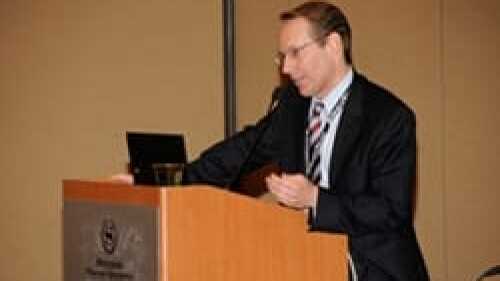Office
On July 20—the same day the federal government announced its plans to close 40 percent of its data centers—panelists at a “Data Center Boom” event agreed that new data center development is booming. Read how the rapid shift to virtualization technology and cloud computing is spurring the government’s data center consolidation while also driving demand for new data centers and storage facilities.
Digital technology revolutionized the way entertainment professionals work, bringing about a convergence of media, entertainment, and technology that allows creative companies to downsize their workspace and locate wherever they please. Read about districts that are attracting entertainment firms with their interesting, edgy architecture and attractive lifestyle amenities and services.
In the age of creativity and innovation, developing “creative clusters” is vital to meeting the challenges of a new, global, knowledge-based economy. Read what visionaries in places like Chicago and Miami are doing to develop jobs-producing creative hubs targeting designers, graphic designers, and others representing one of fastest growth sectors of the new economy, the creative industries.
Five commercial/retail development experts discuss the sector, examining the near-term prospects for development and financing, strategies for making retail centers thrive, and the impact of online retailers and social media. Read where current growth is in the sector, and how big-box facilities are being reconfigured to meet the shift in demand.
Walt G. Homan, president and CEO of California-based MACH Energy, discusses approaches to cutting energy operating expenses and, in particular, what’s “new” in fine tuning management of those costs.
Since the nation is experiencing a “jobless recovery,” new office development is stagnant to nonexistent in most U.S. markets, conclude panelists at ULI’s Spring Council Forum. They agree that success in the office market will be measured submarket by submarket, and that for the immediate future, office development will mainly involve reusing and repositioning existing assets.
What is within our collective grasp may be nothing less than the fundamental revaluation and reinvention of what we mean by the city. It is only within the wider urban context of the life of cities that it becomes possible to address the future of what we may or may not continue to describe as the office. Learn three cautionary rubrics important to successful office design.
Under the “new normal” of retailing, shopping is an “experiential” activity done in more urban settings, there are lots of un- or under-employed consumers focused on prices, and Wall Street performance correlates with retail trends. Jon Eisen, managing principal of The Eisen Group in Washington, D.C., offered this take at an industry roundtable at ULI’s Spring Council Forum in Phoenix, Arizona. Read what panelists had to say about the future of retail and commercial property.
Laws and regulations affect all types of real estate in all markets, but perhaps nowhere more profoundly than in the nation’s capital. For this reason, federal rules and regulations for leased facilities are watched closely by private sector owners and developers of office space. Read what a panel of industry insiders at the recent ULI Washington Real Estate Trends Conference had to say about this topic.
Interest in reducing energy consumption in commercial buildings is gaining momentum in the public and private sectors. The efforts of both of these sectors took center stage at the Catalytic Convening on Energy Efficiency event, which brought together some 200 emerging leaders in the sustainability movement to discuss how to better align and advance the energy-efficient retrofit market. Read more.




